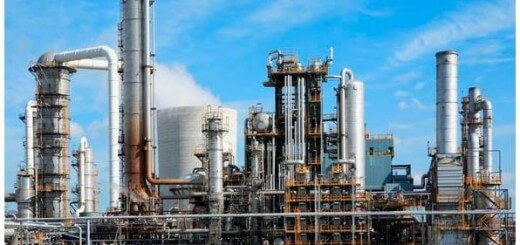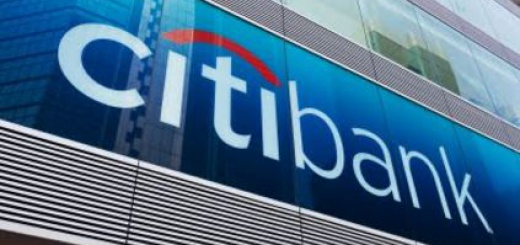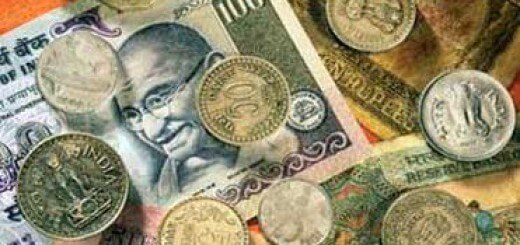Interest, Savings and Investment: Pakistani Economy
Interest, Savings and Investment: Pakistani Economy
Interest rate is at the center of the financial activities going on in the economy. Therefor e the effective use of interest rates can give the government enough room to shape the economy as per the its desires. Over the years the SBP has tried to control the interest rates in the economy to provide price stability to the market.
In the last several years several structural changes have been made by the SBP to bring the interest rate down, So as to spur the economic activity. These changes include the slashing down of the statutory reserve ratio and the lowering of the discount rates. The banks have responded by announcing the maximum lending rates in response of these structural changes made by SBP. It is expected the decline in the interest margins is likely to be compensated by the increased lending and the corresponding rise in the interest income over the years.
SBP has been trying to stabilize the interest rate in the economy, But its efforts haven’t been supported by governmental efforts. The dissavings on the part of the public sector corporations have resulted in huge government borrowing which infact results in high inflation and inturn high interest rates in the economy. The yield on the government floated debt instruments results in continued inflation, which has a spiraling effect on the interest rate in the economy.
Pakistan National savings [year by year analysis]
| 1992-93 | 1993-94 | 1994-95 | 1995-96 | 1996-97 | |
| National Savings | 182,004 | 246,205 | 269,872 | 249,842 | 268,555 |
| Public Savings | 21,054 | 38,881 | 35,441 | 31,282 | 46,138 |
| Private Savings | 160,950 | 207,324 | 234,431 | 218,560 | 222,417 |
*Figures in million of rupees
The measures taken by SBP has resulted in the desired results in 1997-98 also with the rate of return on advances as a whole declining from 17.2 to 16.5 This reflects the measures taken by the SBP during the year to reduce the lending rates through the reduction in the reserve ratio as well as the reduction in the liquidity ratio. This fact is evidenced by the fact that during this year the advances that were given at the rate of 14% constituted 26.6% of all the advances given in the year as compared to the 1996-97, When at the same interest rate the 22.1% of the total advances were put forward Iin the economy.
SAVINGS AND INVESTMENT
Savings are the core for the development of a country. Especially for a developing country like Pakistan savings are important because the infrastructure for the growth of the country is needed. And a solid infrastructure can only be provided to a country if the country saves enough to support the formation of the infrastructure. The relationship between saving is investment is of extreme importance as it signifies the saving converted into effective product producing assets. The higher the co-relation between the savings and investment, the higher the savings converted into valuable asset producing asset. In Pakistan the corelation between the savings and investment is 0.76 based on the following data.
INTEREST AND INFLATION RATE
The interest rate is a determining factor that controls the total credit available to the industry.
A interest rate that creates a healthy demand for credit can spur the industrial activity in the country.
However, the nominal interest rate is directly dependent upon the inflation rate in the economy. This dependence of interest rate on the inflation has a important significance for the investment avenues.
As the interest rates rise and fall with the inflation rate in the economy, therefore the fluctuation in the inflation rates causes some projects profitable while renders others unprofitable.
In a country like Pakistan where there is huge government deficit, the demand for more debt puts pressure on the inflation rate pushing it up, while simultaneously putting the pressure on the interest rates. This added pressure on the interest rate causes the inflation and interest rates to increase, thus putting constraint on the money available to the business for investment purposes.
DEPOSIT AND INTEREST RATES
The deposits in the banks are a reflection of the satisfaction of the depositors from the interest rate in the economy. The higher the interest rate in the economy, more deposits would deposit in the banks. The interest rate should give enough return to the depositors so that they should consider putting their money in the banks. If the rate of return on the deposits are not able to give sufficient return over and above inflation rate then the deposits would not be enough to support the development of the infrastructure in the economy.
DEPOSITS AND INVESTMENT
The deposits are the most directly related economic variable to the investment in the economy.
The higher the amount of deposits in the banks, the higher would be the investment in the infrastructure and valuable assets. The deposits are dependent upon the interest rates so the investment is indirectly related to the interest rates in the economy. So the investment in the economy is an indirect function of the interest in the economy.
SAVING AND GDP
The relationship between saving and GDP is an important indicator of the deposit creation efforts on the parts of the banking sector. As the size of the GDP increases there should be a increase in the value of the savings so as to support the growth of the growing economy. The consumption oriented Pakistani society has an inclination to spend more as they have more money, rather to save the money and invest it. The exact relationship in the Pakistan between the saving and GDP is given by the coefficient of co-relation which comes to around













